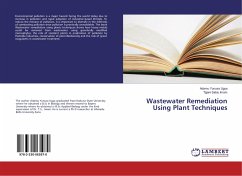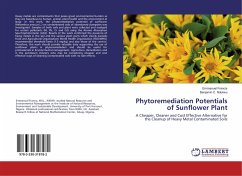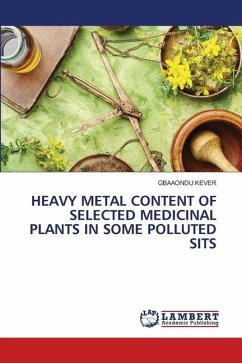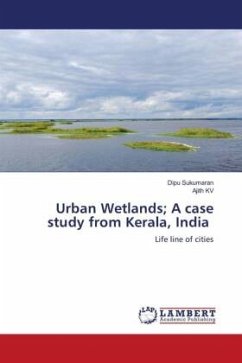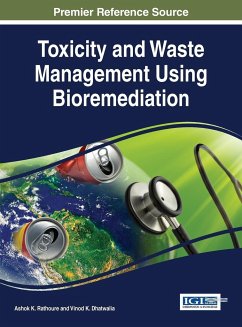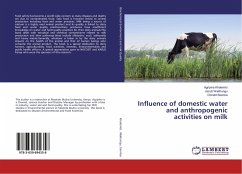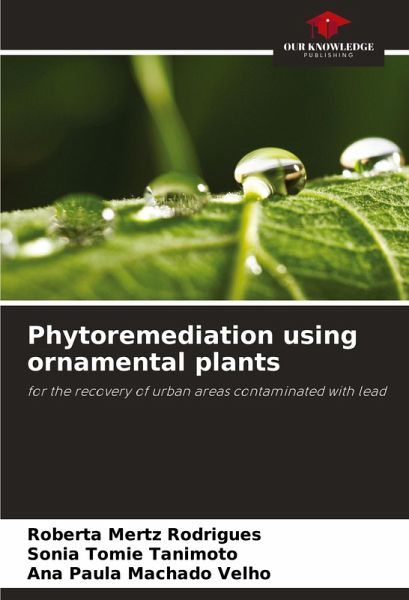
Phytoremediation using ornamental plants
for the recovery of urban areas contaminated with lead
Versandkostenfrei!
Versandfertig in 6-10 Tagen
24,99 €
inkl. MwSt.

PAYBACK Punkte
12 °P sammeln!
The main objective of this study was to evaluate the resistance of ornamental plants in environments contaminated with Pb (lead) and to determine whether they can be used as lead remediators in the environment. To this end, an investigation was carried out into the remediation potential of the species Tradescantia pallida (purple ragwort), Ophiopongo jaburani (snake beard), Sansevieria trifasciata (St. George's sword) and Cuphea gracilis (erica or false erica) in absorbing/adsorbing lead from artificially contaminated soils. During the experiment, weekly photographs were taken to monitor and c...
The main objective of this study was to evaluate the resistance of ornamental plants in environments contaminated with Pb (lead) and to determine whether they can be used as lead remediators in the environment. To this end, an investigation was carried out into the remediation potential of the species Tradescantia pallida (purple ragwort), Ophiopongo jaburani (snake beard), Sansevieria trifasciata (St. George's sword) and Cuphea gracilis (erica or false erica) in absorbing/adsorbing lead from artificially contaminated soils. During the experiment, weekly photographs were taken to monitor and compare the plants' development. After 20 weeks of contamination, the plants were prepared for chemical analysis. The results show that all the species studied have the potential to adsorb Pb on their roots. When visually evaluating the growth of the species, comparing the uncontaminated and contaminated individuals, it was not possible to see any signs of intoxication, as they had "normal" growth.





